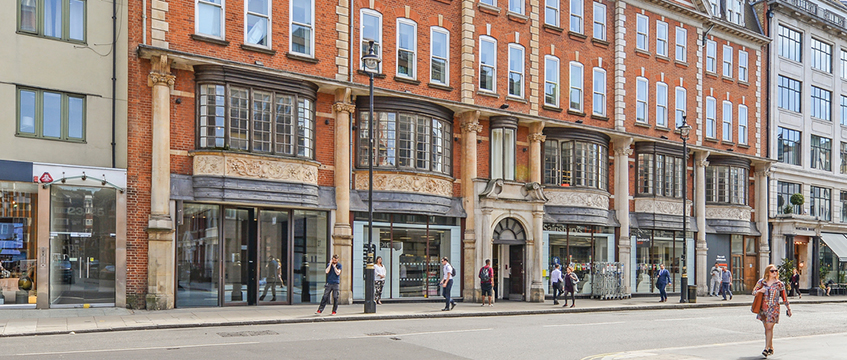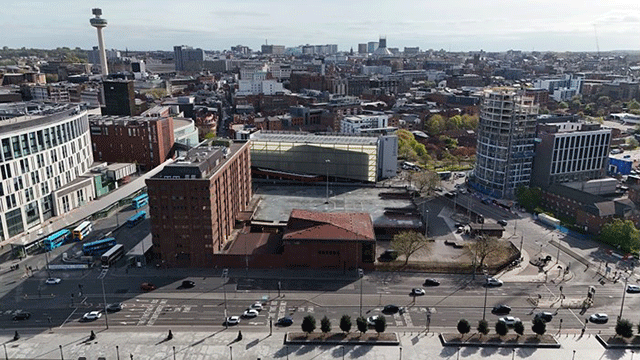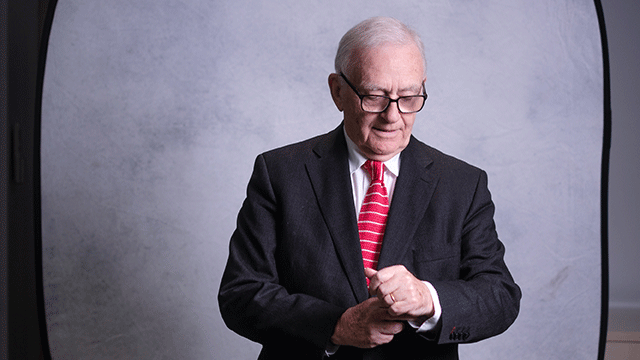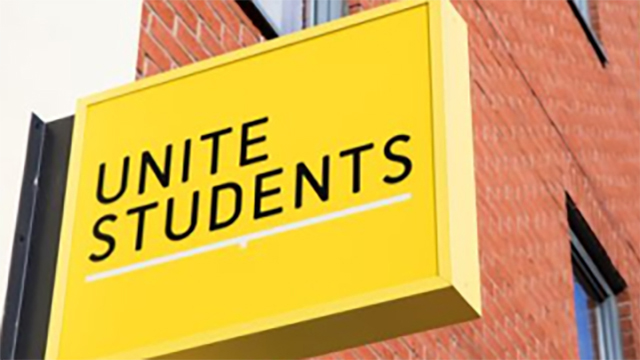UK commercial property capital values, rental values and total returns all fell in December 2018 for the first time since May 2012, rounding off a year of mixed fortunes for the industry.
Capital values dipped 0.5% in December, according to the latest CBRE Monthly Index, largely due to retail falling 2.2%. Retail also experienced a 1.7% fall in total returns and a 0.6% fall in rents. Overall total return and rental values were both down 0.1% in December.
Despite falls at the end of the year, total return for all property in 2018 came to 6.3%. It was led by a strong performance in the industrial sector (18.1%) but dragged down by retail (-1.8%).
CBRE said the gap between the industrial and retail sectors was the biggest difference in annual results between the best- and worst-performing sectors in its index’s 19-year history.
Similarly, industrial capital values rose 12.4% while those for retail fell 7.4%.
Robin Honeyman, senior research analyst at CBRE UK, said: “At the all UK property level, total returns of 6.3% for the whole of 2018 were roughly in line with IPF consensus forecasts. At the sector level, fortunes over the year were mixed.
“Away from the main sectors, the ‘other’ sector, encompassing all the alternative sectors, outperformed the retail and office sectors in 2018 with a total return of 8.4%.”
Retail was not the only sector to take a hit, with central London office total capital values down 0.4% in December, pulled down particularly by a fall of 1.2% in the City.
In the UK as a whole, however, office capital values were up 0.3% in December as the sector diverged between the regions and London. Office total return in 2018 hit 7.9%, while London offices lagged behind at 5.3%. Capital values were similarly up 3.1% for the sector as a whole, while in London the rise was just 1.5%.
A two-tier rental system
Even in London, office performance has diverged, as a separate CBRE report estimated that prime office rents are expected to rise by 10% over the next five years, while secondary rents are expected to fall by 5% during the same period.
Second-hand space stood at its highest level since 2010 in Q3 2018, whereas the availability of new and early marketed space was at its lowest since 2001.
Occupiers are increasingly focusing on factors such as brand image, technology, sustainability and wellness when choosing their workspaces, which, CBRE said, has led to considerably more demand for new space. Second-hand stock, as a result, accounts for 72% of London’s total availability – a 16-year high.
Kevin McCauley, head of London research at CBRE, said; “Whilst a ‘flight to quality’ often happens later in the cycle, this trend is underpinned by fundamental shifts in occupier behaviour as employers are under increasing pressure to create high-quality workspaces that appeal to their employees.
“Newer buildings also lend themselves more easily to being flexible – something that has been the key driver of demand in recent years – and consolidation and densification within companies has seen a further drive towards new, more modern space.
“It is a trend we expect to continue, so landlords should seek advice on how to creatively and efficiently utilise their second-hand space in order to compete in a more polarised market.”
To send feedback, e-mail karl.tomusk@egi.co.uk or tweet @karltomusk or @estatesgazette










